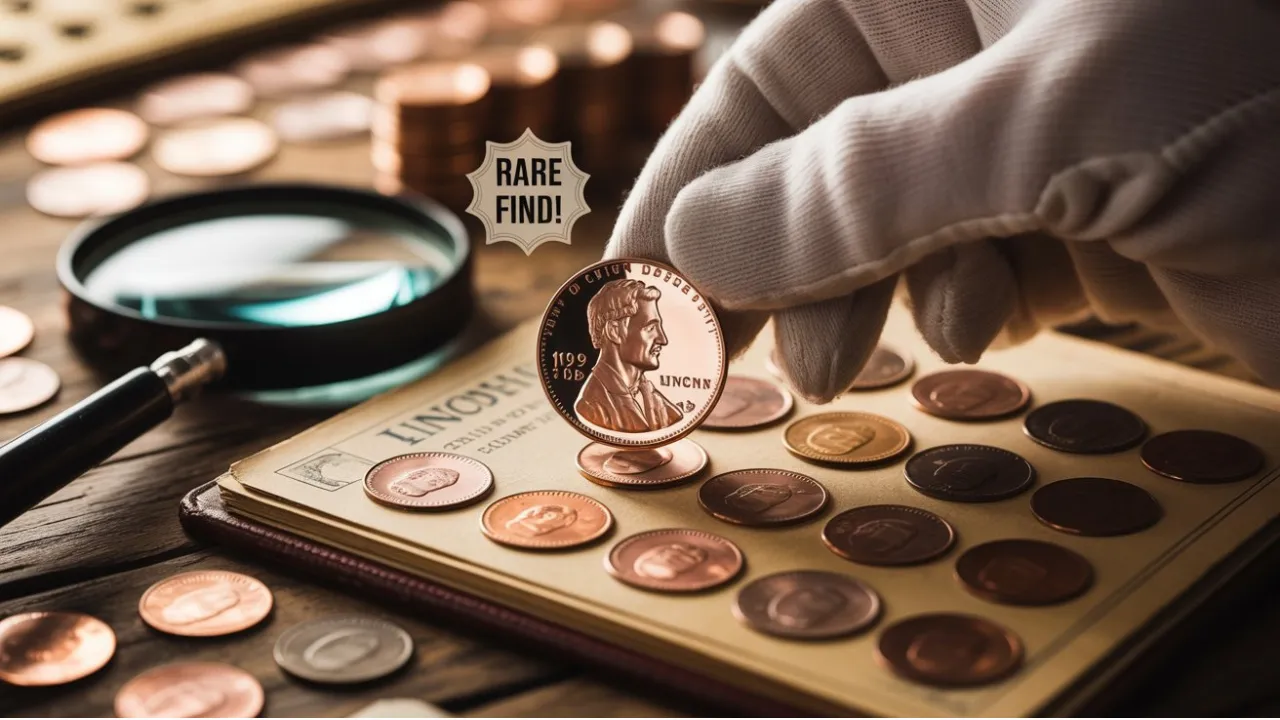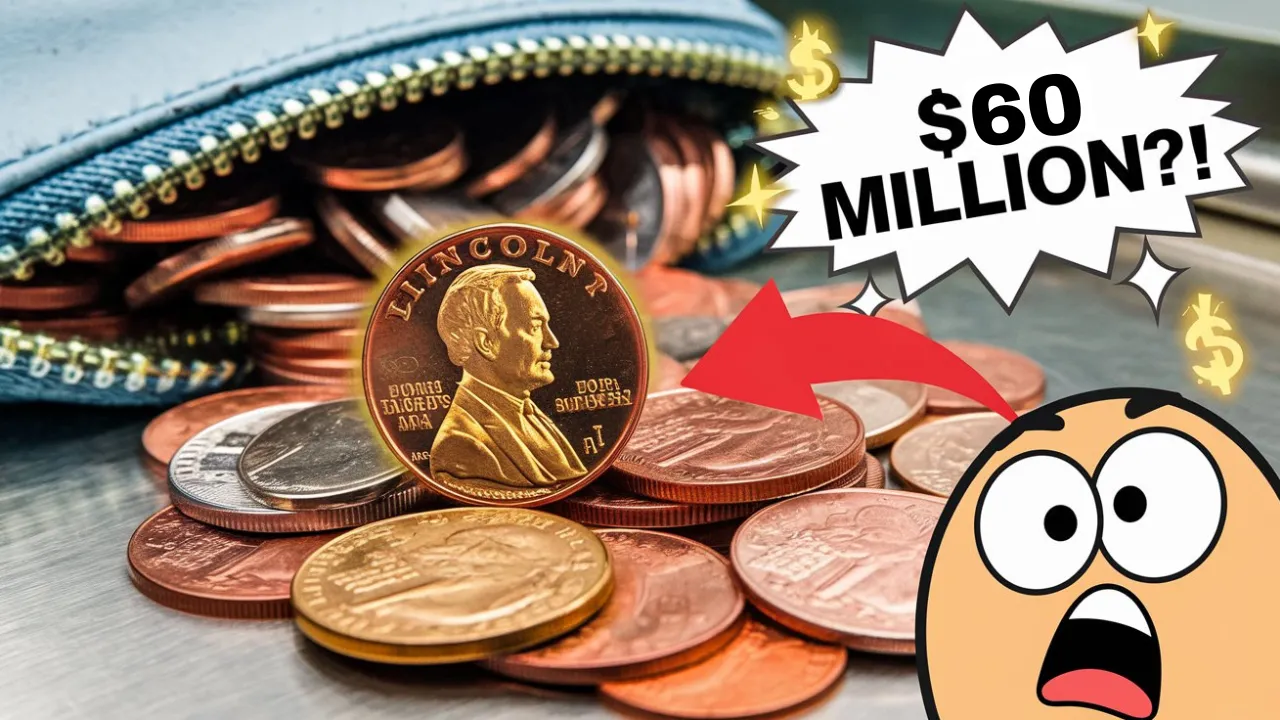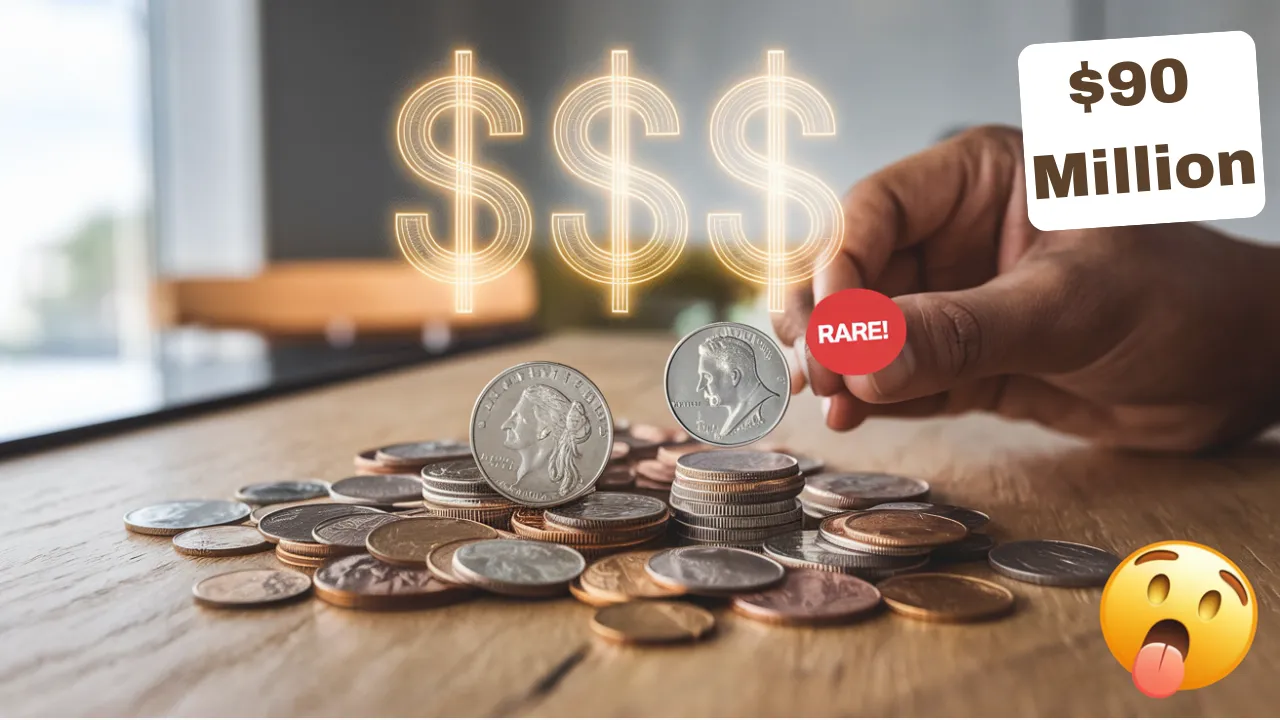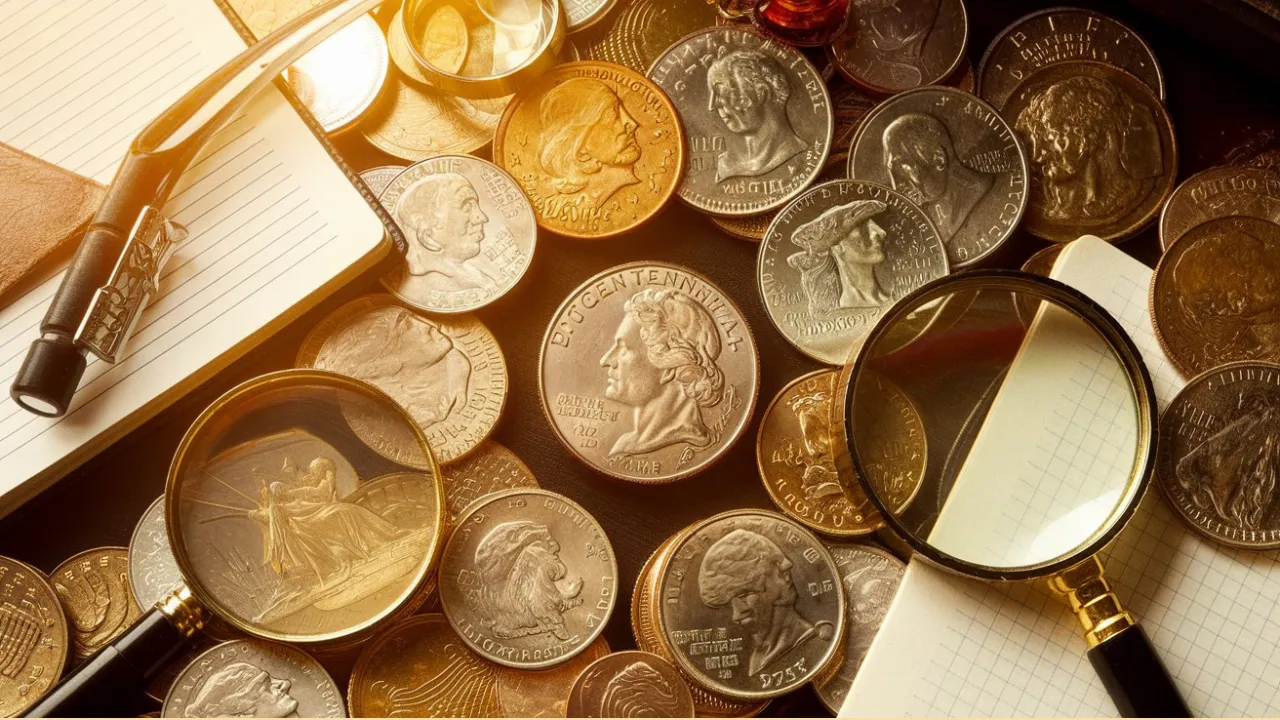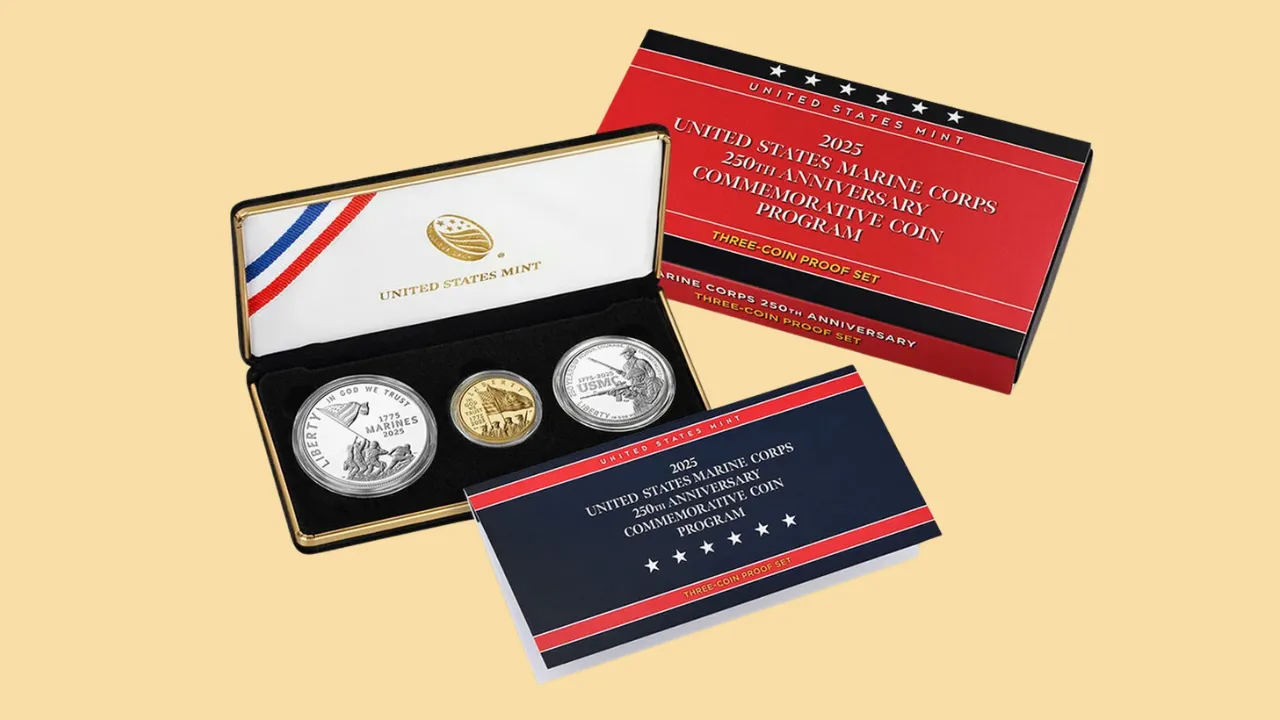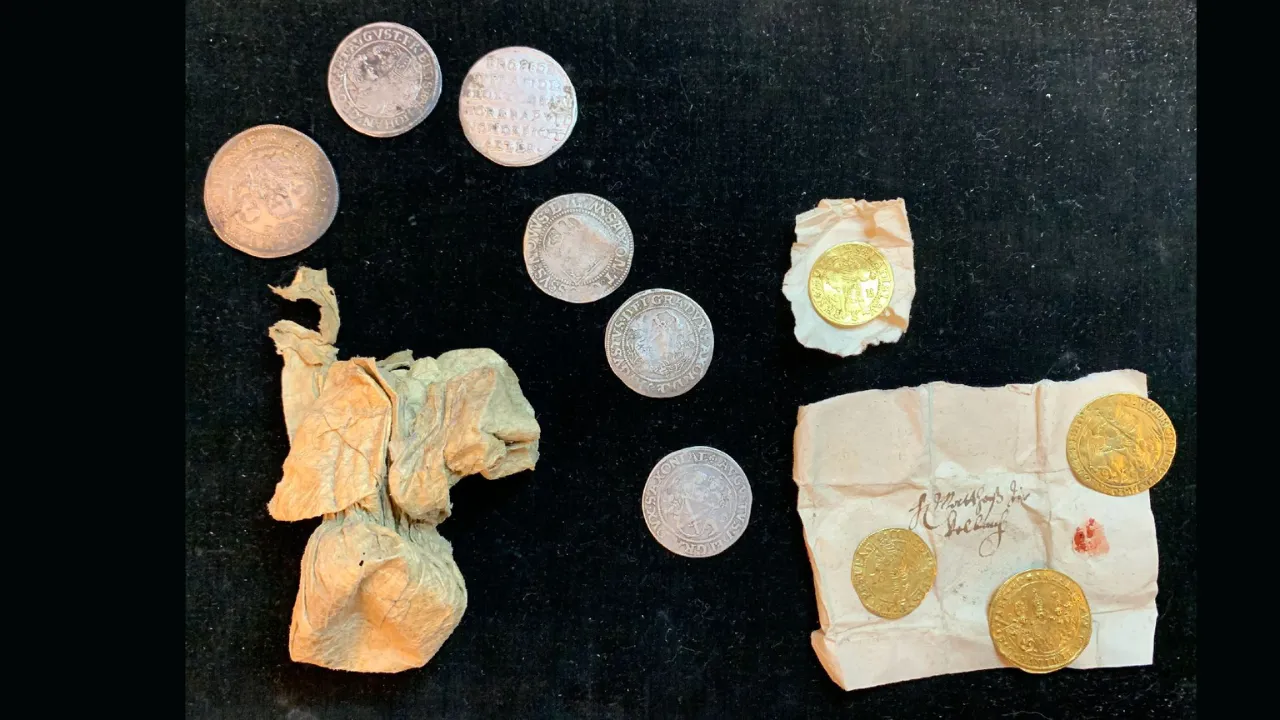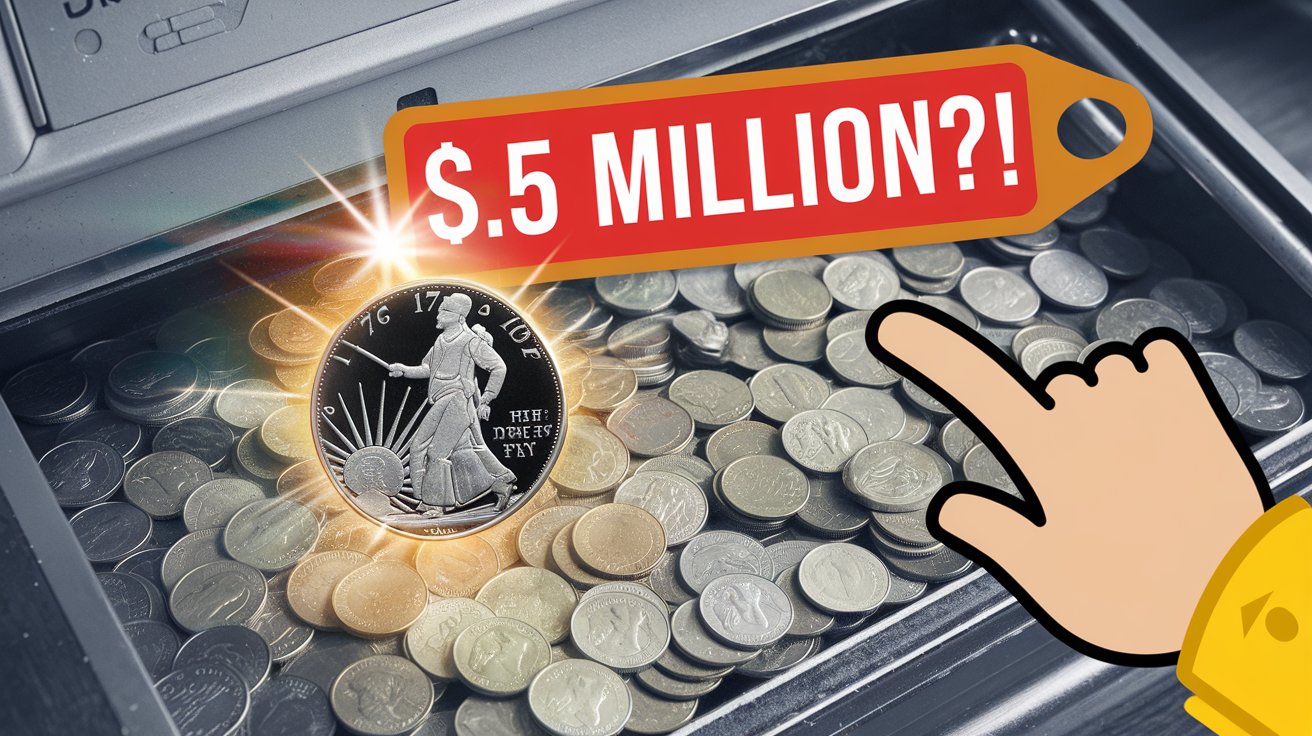Lincoln Wheat Penny: The Lincoln Wheat Penny has been a cornerstone of American coin collecting for over a century. Its historical significance, coupled with intriguing variants like the legendary 1943 copper penny, makes it a prized possession for numismatists. Some even claim a single penny could be worth $50 billion, a statement that sparks curiosity but doesn’t hold up under scrutiny. However, the real story behind these rare coins is far more captivating than any myth.
In this article, we’ll uncover the fascinating history of the Lincoln Wheat Penny, the truth about the 1943 copper variant, and explore other rare coins in the series. You’ll also learn practical tips to identify valuable coins and begin your journey into the exciting world of coin collecting.
Quick Overview of the Lincoln Wheat Penny
| Key Attribute | Details |
| Introduced | 1909 |
| Most Valuable Variant | 1943 Copper Penny |
| Rarity of 1943 Copper Penny | Fewer than 40 known examples exist |
| Realistic Value | Up to $2 million |
| Other Noteworthy Pennies | 1909-S VDB, 1955 Double Die, 1922 No D |
| Identifying Rare Coins | Check for unique dates, mint marks, and minting errors |
A Brief History of the Lincoln Wheat Penny
Introduced in 1909 to commemorate Abraham Lincoln’s 100th birthday, the Lincoln Wheat Penny was the first U.S. coin to feature a president’s portrait. Designed by Victor David Brenner, the coin’s obverse depicted Lincoln, while its reverse showcased two wheat stalks symbolizing prosperity.
The Lincoln Wheat Penny remained in production until 1958, after which it was replaced by the Lincoln Memorial design. Over its 49 years, various unique minting errors and design details have turned many pennies into valuable collectibles.
The 1943 Copper Penny: A Coin Born of Error
One of the most famous coins in U.S. history is the 1943 copper penny. Its rarity stems from a fascinating minting error during World War II. Due to copper shortages needed for wartime production, the U.S. Mint switched to making pennies out of zinc-coated steel in 1943. However, a few leftover copper planchets from 1942 were mistakenly used to mint pennies that year, creating the rare copper version.
Why Is It So Valuable?
- Extremely Low Mintage: Only 20 to 40 are known to exist.
- Historical Significance: The coin represents a unique error tied to wartime efforts.
- High Demand: Collectors prize it for its rarity, history, and unusual origin story.
Auction Prices and Market Value
Although myths suggest these pennies could fetch $50 billion, the most a 1943 copper penny has ever sold for is about $2 million. This value depends heavily on the coin’s condition, provenance, and demand among collectors.
Other Rare Lincoln Wheat Pennies You Should Know
While the 1943 copper penny is the crown jewel, other Lincoln Wheat Pennies have also gained legendary status among collectors. Here are a few standout examples:
- 1909-S VDB Penny
- Why It’s Special: This was the first Lincoln penny, with designer Victor David Brenner’s initials (“VDB”) prominently displayed.
- Rarity: Only 484,000 coins were minted.
- Value: Can exceed $100,000 in pristine condition.
- 1955 Double Die Penny
- What Makes It Unique: A striking error causes the date and lettering to appear doubled, creating a distinct and sought-after effect.
- Estimated Value: Ranges from $1,000 to $15,000, depending on condition.
- 1922 No D Penny
- Minting Quirk: Produced in Denver but missing the “D” mint mark due to a die error.
- Collector Appeal: High demand due to its unusual absence of identification.
- Auction Prices: Often sells for tens of thousands of dollars.
How to Identify Rare Lincoln Wheat Pennies
If you’re hoping to discover a valuable Lincoln Wheat Penny, here’s how to get started:
- Examine the Date and Mint Mark:
- Key years like 1909, 1943, and 1955 are crucial.
- Missing mint marks (like the “D” in 1922) or unusual placements can indicate rarity.
- Inspect for Minting Errors:
- Look for double-strikes, off-center images, or other anomalies.
- These errors significantly increase a coin’s value.
- Assess the Coin’s Condition:
- Coins in mint or near-mint condition command the highest prices.
- Avoid coins with heavy wear, scratches, or discoloration.
- Seek Professional Authentication:
- A certified numismatist can verify your coin’s authenticity and provide a reliable appraisal.
The Myth of the $50 Billion Coin
The idea that a Lincoln Wheat Penny—even the rare 1943 copper one—could be worth $50 billion is simply untrue. While coins like these hold immense historical and monetary value, no numismatic item has ever approached such astronomical figures.
Why Do These Myths Persist?
- Media Sensationalism: Exaggerated claims draw attention but lack factual basis.
- Misinterpretation of Value: People may confuse millions with billions when discussing rare items.
Instead, the true beauty of these coins lies in their fascinating backstory and their ability to captivate collectors.
Why Coin Collecting is More Than a Hobby
Coin collecting goes beyond monetary value—it’s a journey into history, artistry, and discovery. Each coin tells a story about its time, reflecting the culture, technology, and economic circumstances of the era.
- Educational Value: Collectors learn about minting processes, historical events, and design techniques.
- Thrill of the Hunt: Finding a rare coin, even in everyday pocket change, is an exhilarating experience.
- Connection to History: Coins like the Lincoln Wheat Penny serve as tangible links to the past.
Whether you’re a seasoned numismatist or a curious beginner, diving into the world of coin collecting offers endless opportunities to uncover hidden treasures.
FAQs About Lincoln Wheat Pennies
What makes the 1943 copper penny so rare?
It was a minting error during WWII, resulting in fewer than 40 known examples.
Is the 1943 copper penny worth $50 billion?
No, the highest auction sale for this coin was around $2 million.
What are other rare Lincoln Wheat Pennies?
The 1909-S VDB, 1955 Double Die, and 1922 No D pennies are all highly valuable.
How can I tell if I have a valuable penny?
Check the date, mint mark, and condition. Look for errors, and consult an expert if you’re unsure.
Why are Lincoln Wheat Pennies so popular among collectors?
Their historical significance, unique designs, and occasional errors make them highly desirable.
Final Thoughts
The Lincoln Wheat Penny, especially its rare variants like the 1943 copper penny, is a treasure that continues to intrigue collectors. While the $50 billion figure is a myth, the genuine value of these coins lies in their rarity, history, and the joy they bring to numismatists.
Start your search today—whether in a collection or pocket change—and you might just uncover a piece of history worth millions! If you’ve found or own a unique coin, share your story in the comments below. Let the treasure hunt begin!
